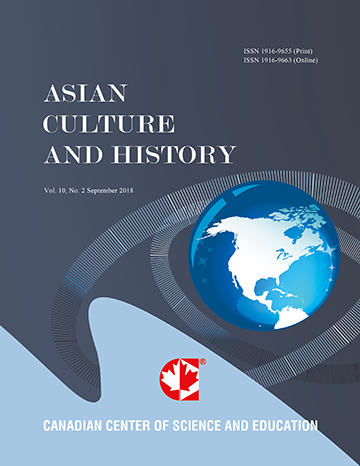War in Afghanistan: Europe and America, between Films and Documentaries. 1979-2014
- Jose Mauricio Saldanha-Alvarez
Abstract
This research looks at the Afghanistan War from the Soviet invasion of 1979 until the withdrawal of North Atlantic Treaty Organization in 2014 through films chosen. This research demonstrates how the Soviets, supported by the USA and the Muslim world, operated on misconceptions during an insurrectional conflict against the Mujahedin. After September 11, the Bush-Cheney administration invaded Afghanistan, restricting the informative role of the corporate media system. According to Kellner, this action triggered a creative revolution in American cinema. Turning to the production of documentaries, directors abandoned large-scale productions, preferring highly dramatically charged narratives of real soldiers and real action. The Afghan war, a fragmented, relentless, and unremitting struggle, is portrayed in 9th Company (Rus), Restrepo (USA). And Armadillo (Denmark); and Kajaki (UK), films that narrates the conflict from the NATO perspective, can not be won.
- Full Text:
 PDF
PDF
- DOI:10.5539/ach.v9n1p26
Journal Metrics
Google-based Impact Factor (2017): 5.42
h-index (January 2018): 11
i10-index (January 2018): 21
h5-index (January 2018): 6
h5-median (January 2018): 9
Index
- Academic Journals Database
- CNKI Scholar
- COPAC
- EconPapers
- Elektronische Zeitschriftenbibliothek (EZB)
- Excellence in Research for Australia (ERA)
- Genamics JournalSeek
- Google Scholar
- Infotrieve
- LOCKSS
- MIAR
- NewJour
- Open J-Gate
- PKP Open Archives Harvester
- Publons
- RePEc
- Scilit
- SHERPA/RoMEO
- Standard Periodical Directory
- Technische Informationsbibliothek (TIB)
- The Keepers Registry
- Universe Digital Library
- WorldCat
Contact
- Ivan YongEditorial Assistant
- ach@ccsenet.org
